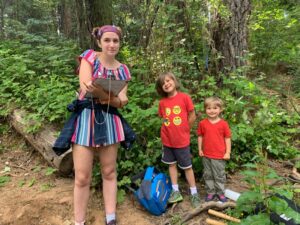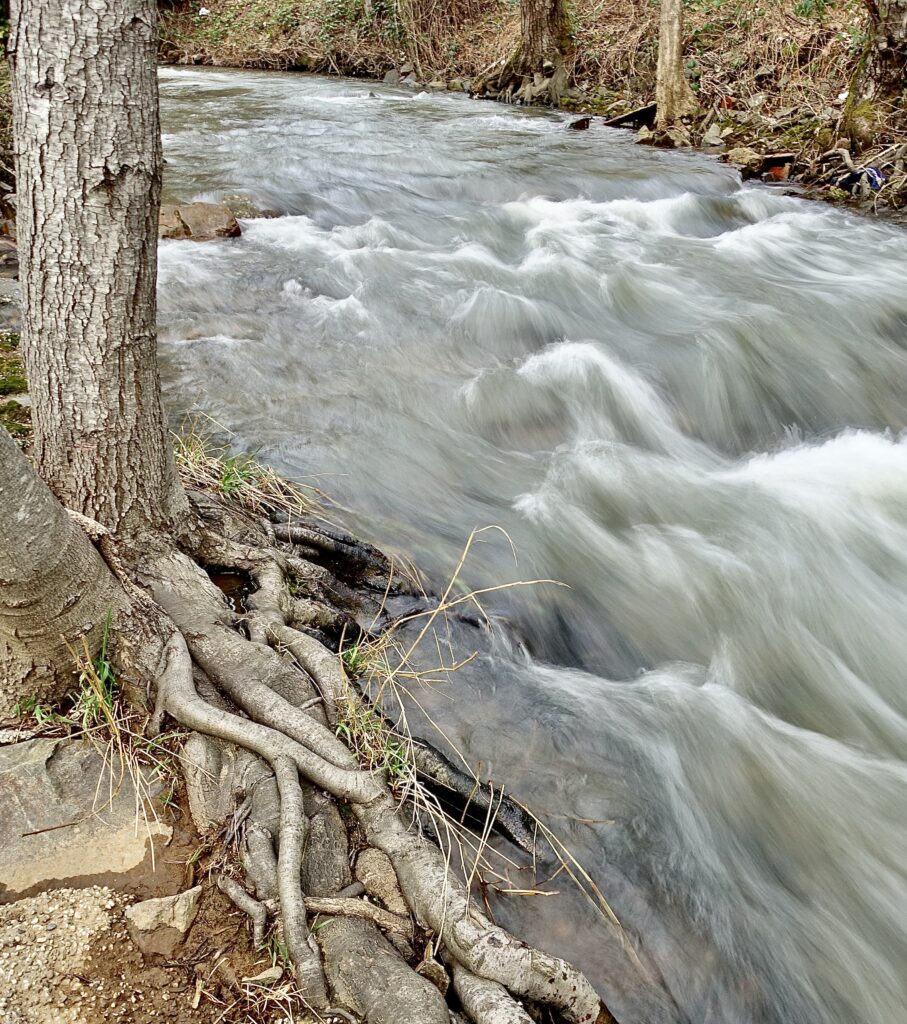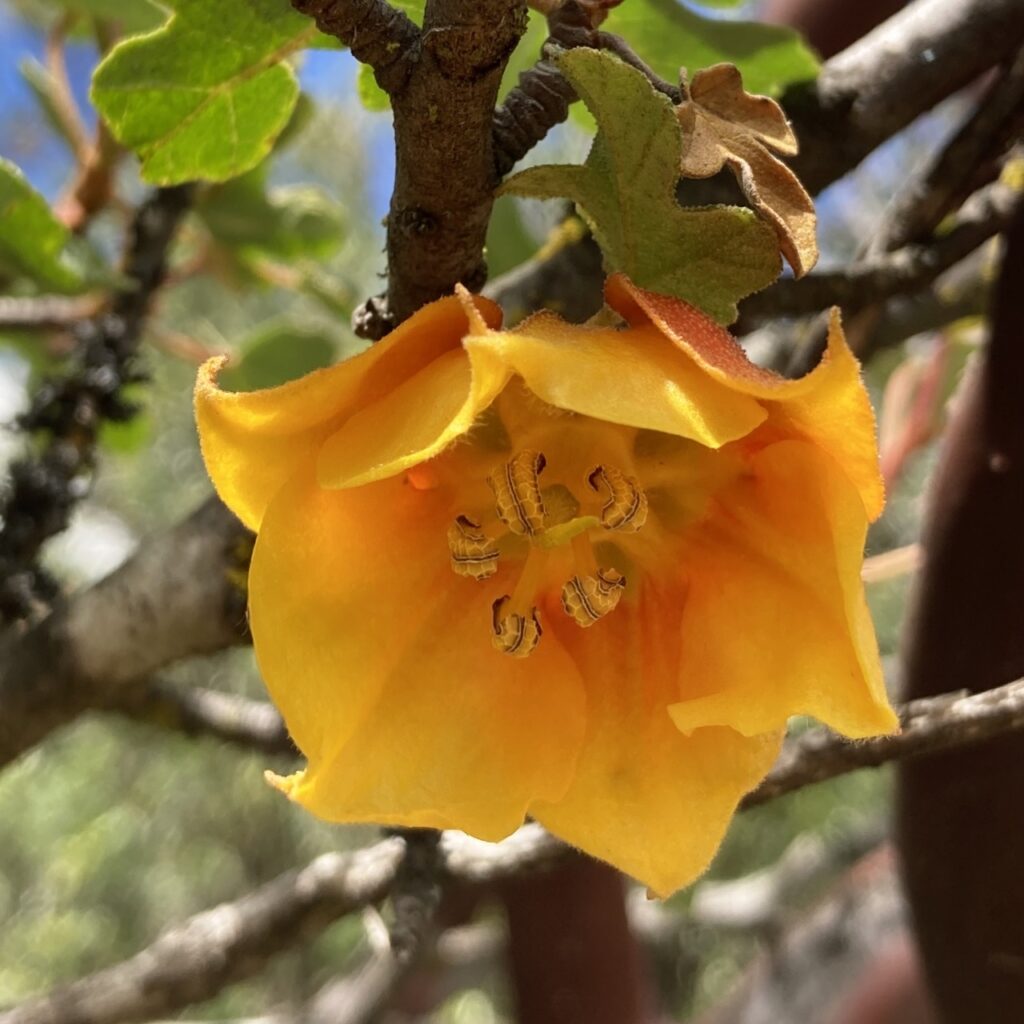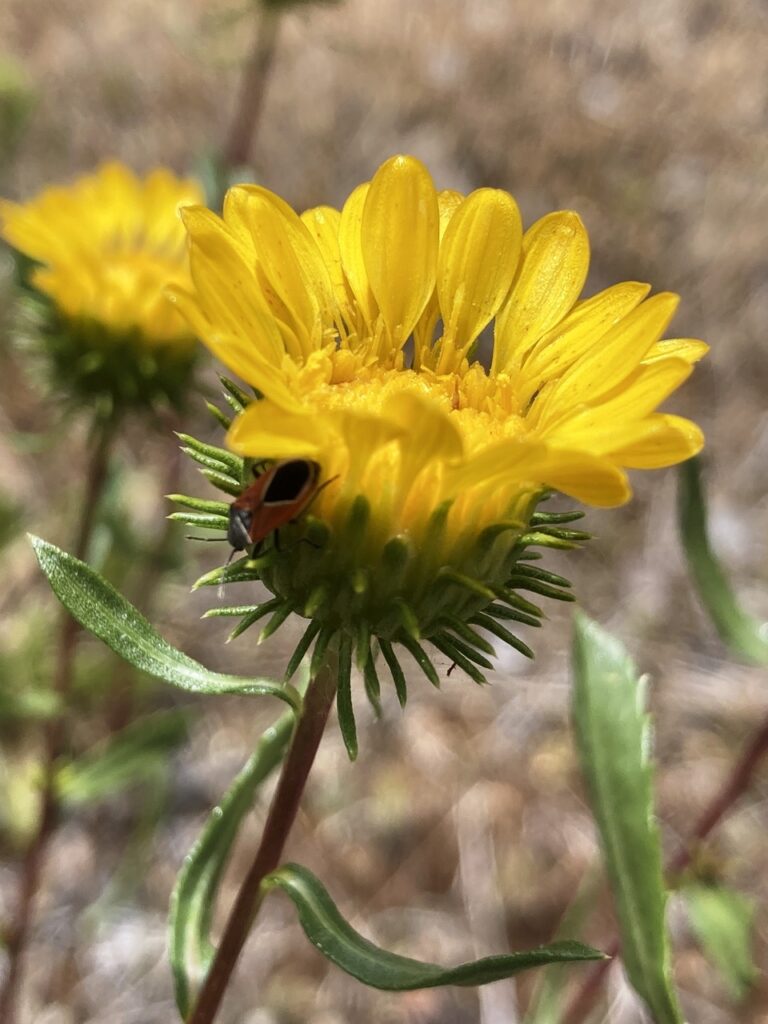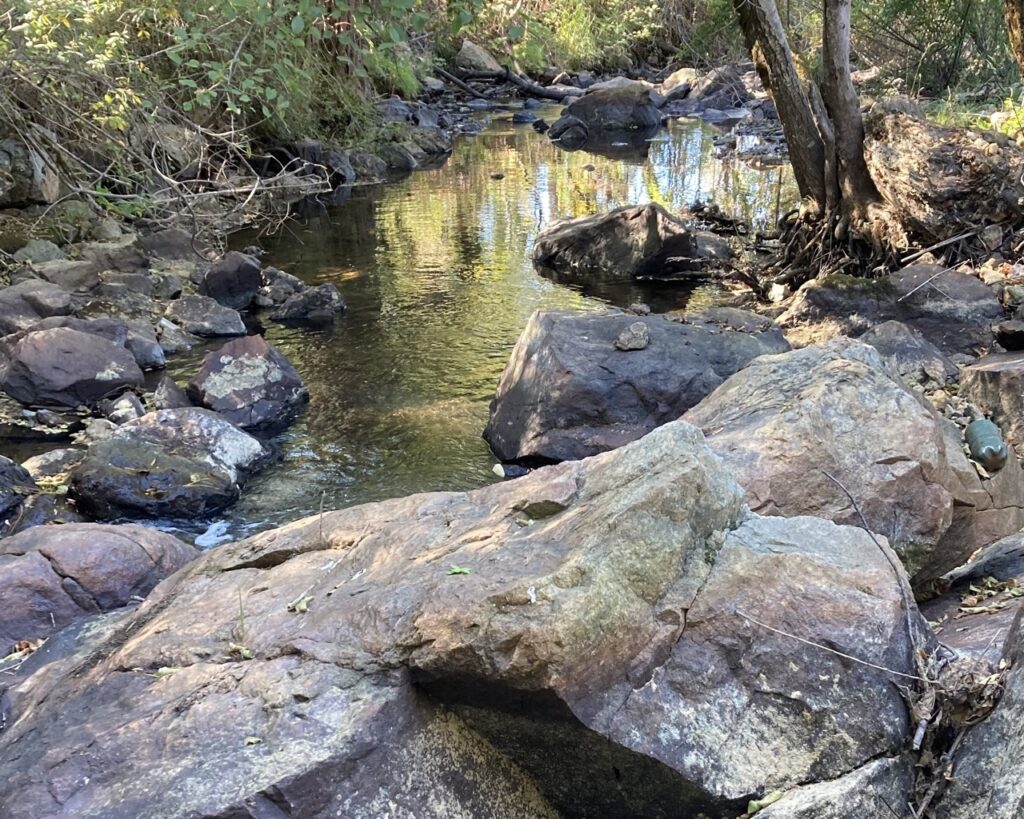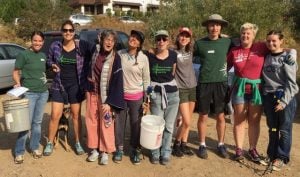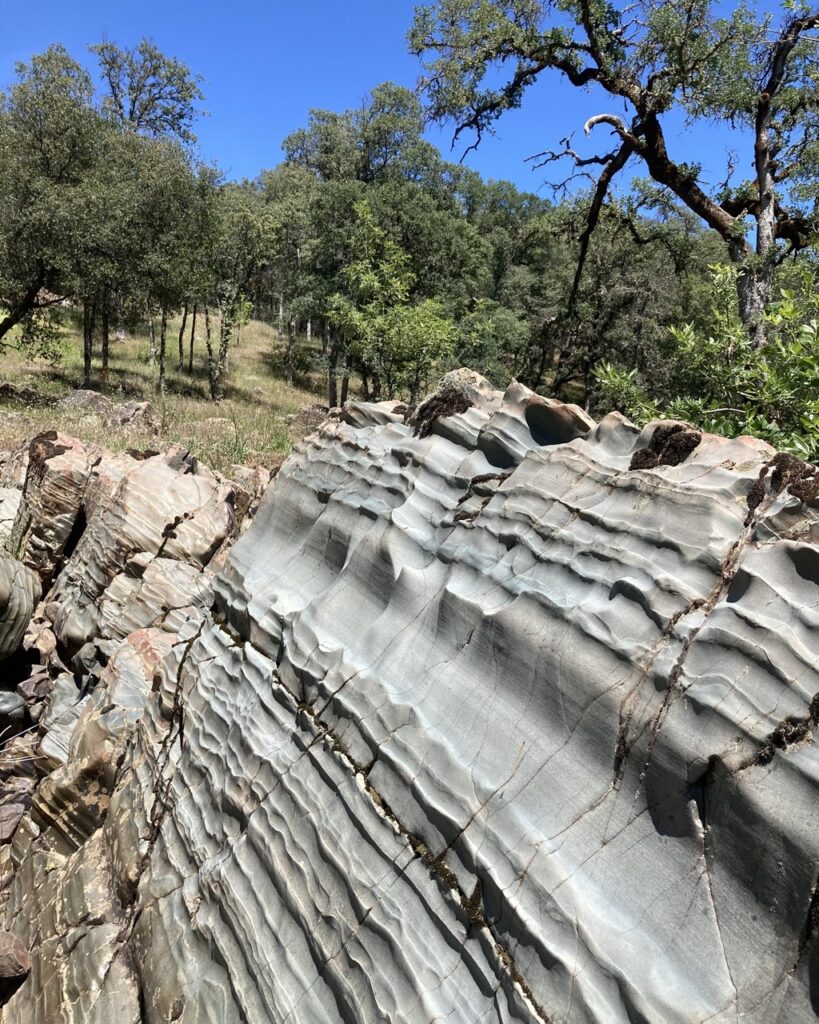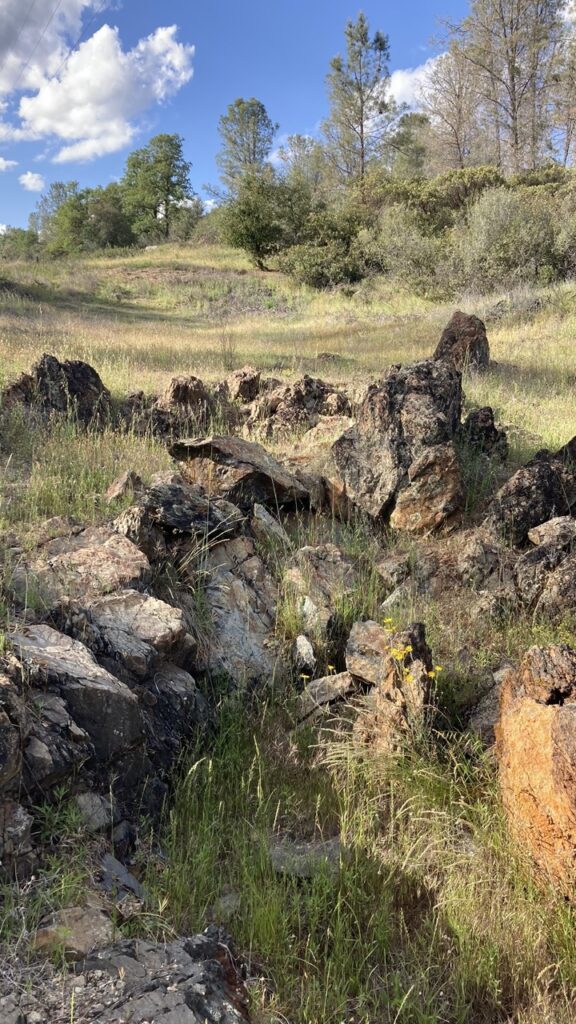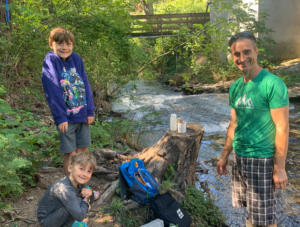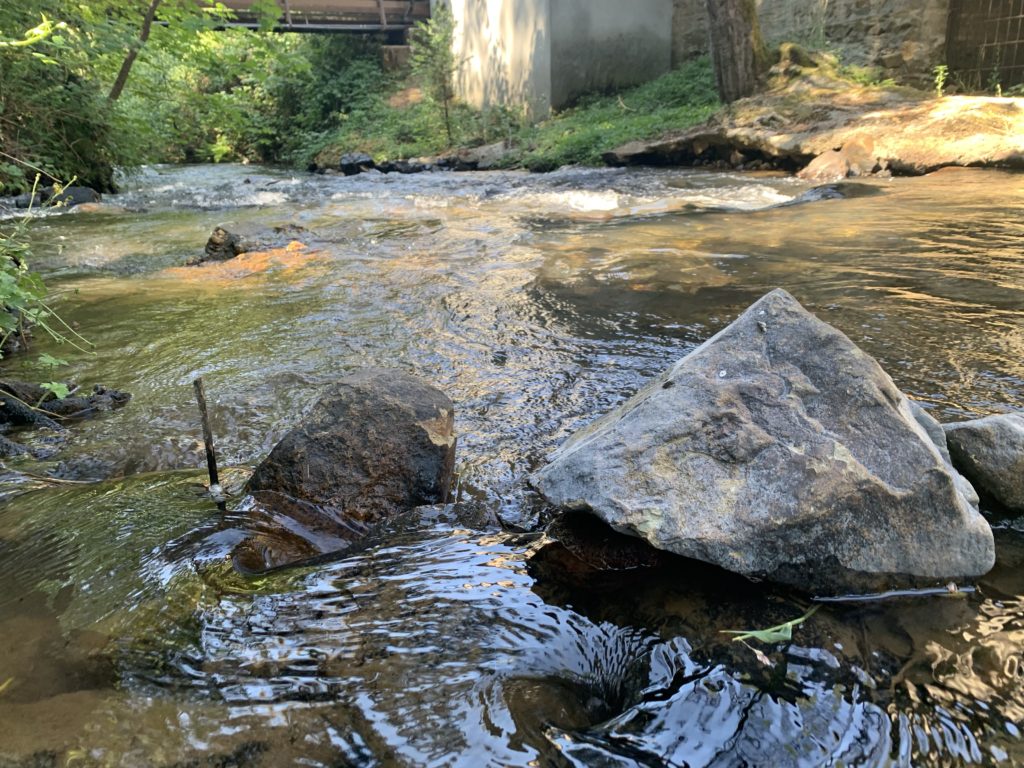About Our Watershed
Wolf Creek begins above Grass Valley, California, flows through the city, turns roughly south, and eventually joins the Bear River at Nevada County’s southern border. The creek and its tributaries drain a significant portion of southwestern Nevada County. Wolf Creek has been neglected and under-appreciated in the past, but that has begun to change as Wolf Creek Community Alliance works to preserve and protect Wolf Creek and its watershed for the benefit of present and future generations.
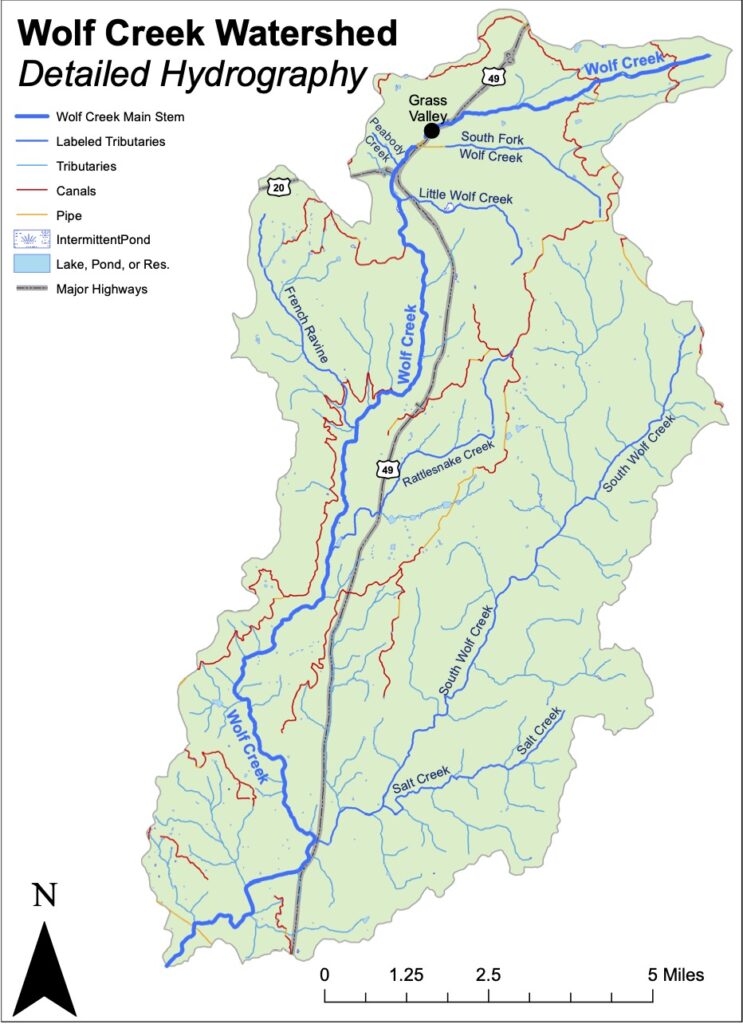
Home to the Nisenan
Nisenan people have lived in the Wolf Creek Watershed for thousands of years. They hunted and harvested, managed the land with fire, and settled in villages across the watershed, such as Daspah (Grass Valley), Yolosyan (South Fork), Yomentu (Lower Wolf Creek), Ompum (South Wolf Creek) and Salam Kek (near the confluence with Bear River).
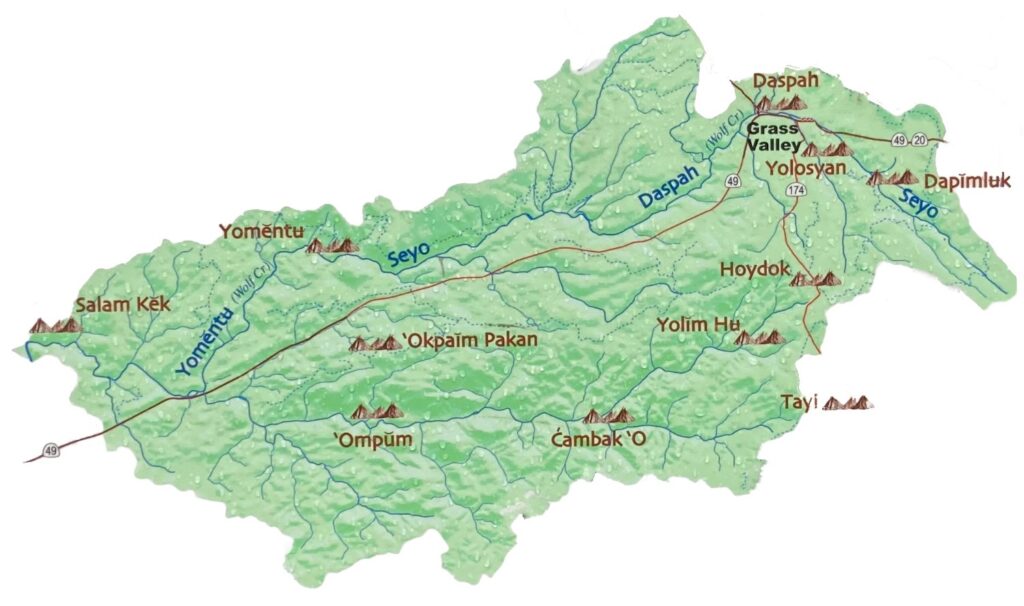
As stewards of Wolf Creek Watershed we acknowledge these are ancestral homelands of the Nisenan, land they never ceded. Together we can help to amend the tragic legacy of the past. We support the Nevada City Rancheria Nisenan through the Ancestral Homelands Reciprocity Program.Learn more about the Nevada City Rancheria Nisenan and how you can support them at nisenan.org and at chirpca.org/ancestral-homelands.org.
A Unique Watershed
Geographically & Geographically Significant
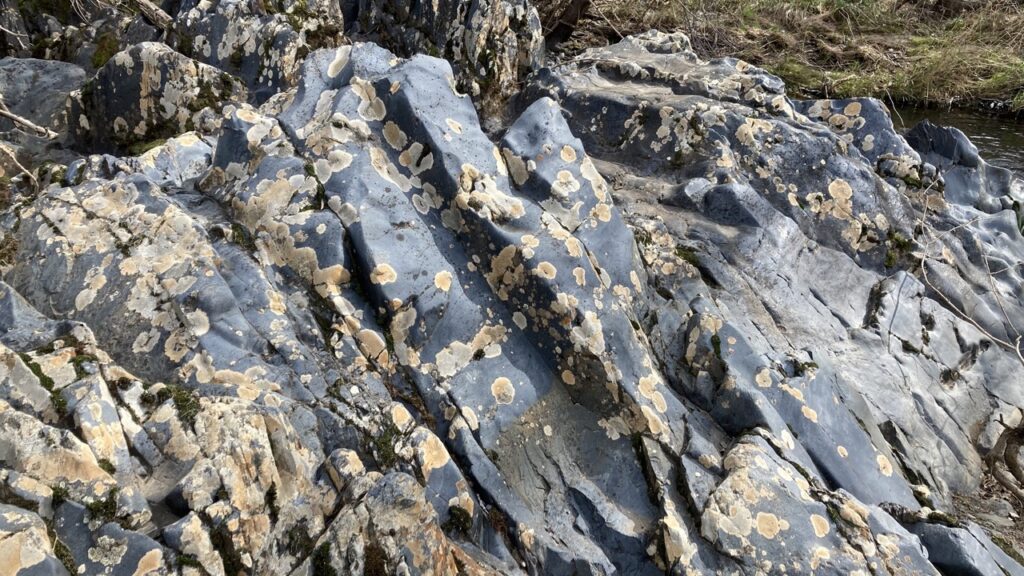
Unlike most other west-slope Sierran streams and rivers (which flow east to west), Wolf Creek flows primarily along a north–south axis. The more southern – northern exposure creates more productive and diverse ecosystems. Geologically, the occurrence of mafic and ultra rocks such as gabbro, serpentine, along with granitic and metavolcanic rocks has resulted in a
disproportionate number species that are sensitive, unusual, or endangered.
A Diverse Assemblage of Plants & Animals
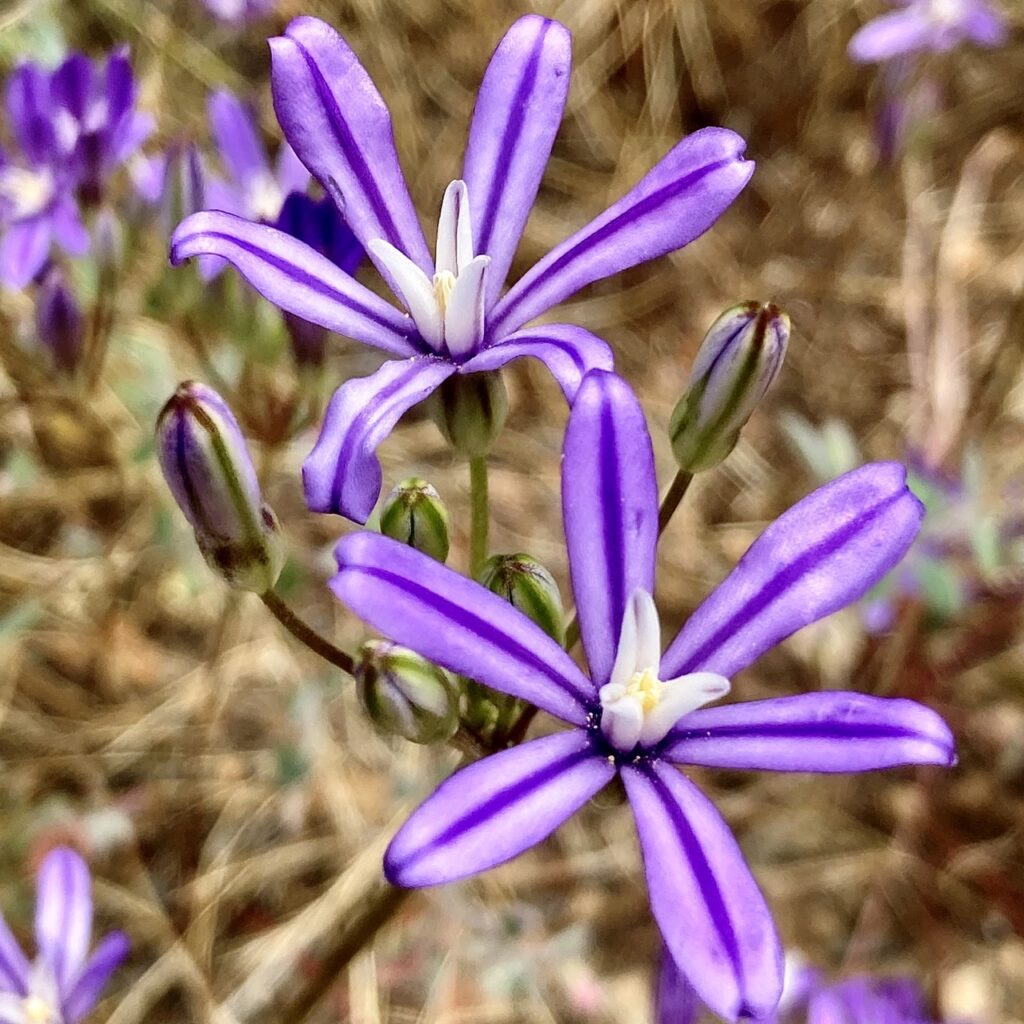
From its source at 3,000 feet to its confluence at 1,200 feet, the watershed contains a wide variety of mid-elevation ecosystems and habitats, including rare mid-elevation meadows. A relatively large number of rare, sensitive, threatened, and endangered species also are present, including Pine Hill Flannelbush, Stebbin’s Morning-glory, Yellow-breasted Chat, and California spotted owl.
An intimate Urban – Wildland Interface
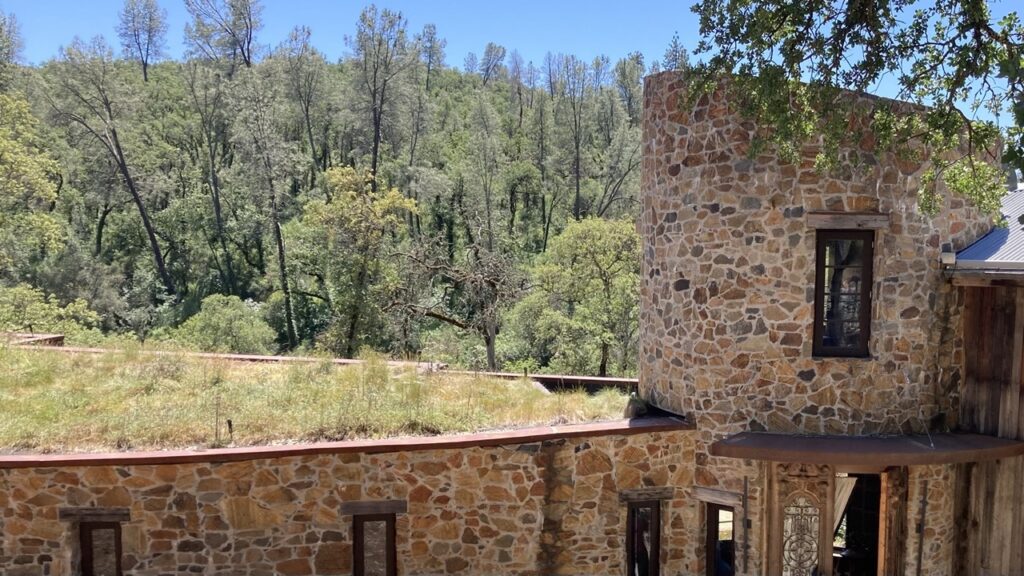
Land use varies greatly within the watershed, ranging fromlightly populated areas where land-use regimes tend towards ranching, farming, and forestry to
urbanized and suburbanized areas such as Grass Valley and Alta Sierra. Unlike many watersheds, its headwaters are more developed, with its lower reaches more open. Overall, the watershed is home to more than 20,00 people.
A History of Degradation & Recovery
A Toxic Mining Legacy
 As a center for gold mining from the 1850s to the 1950s, the Wolf Creek Watershed historically has been one of the heavily mined watersheds in the world. The legacy of this intensive activity has included alteration of streams due to placer mining, extensive deforestation, and the release of a number of heavy metals and toxins into the soil and aquatic environments.
As a center for gold mining from the 1850s to the 1950s, the Wolf Creek Watershed historically has been one of the heavily mined watersheds in the world. The legacy of this intensive activity has included alteration of streams due to placer mining, extensive deforestation, and the release of a number of heavy metals and toxins into the soil and aquatic environments.
Urbanization & Development
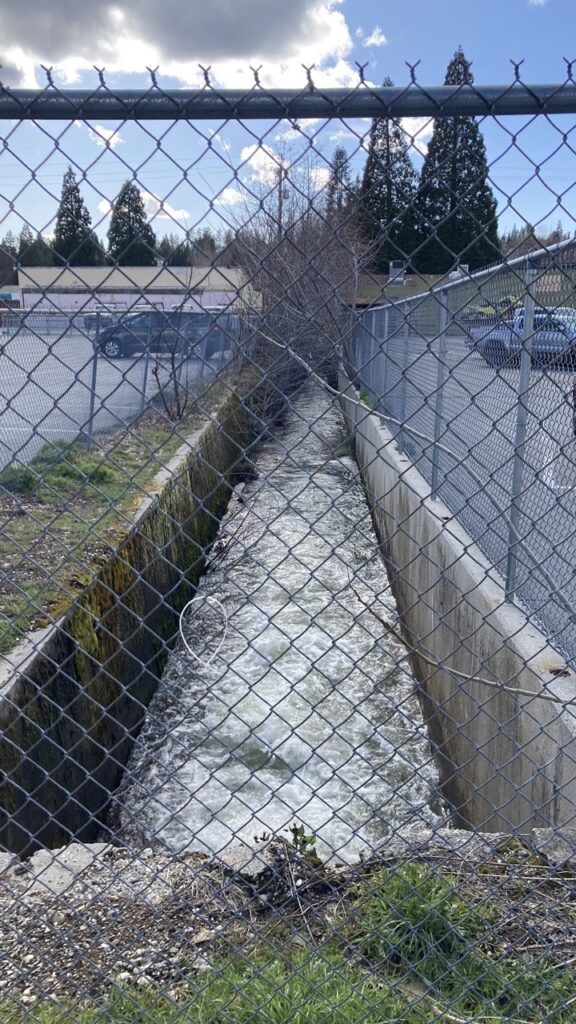 The urbanization and development that began in the 1850s, and accelerated from the 1970s , has caused significant degradation in the watershed. Streams have been channelized and put underground, Riparian zones and wetlands have been reduced. Ecosystems and habitats have been degraded and fragmented, leading to an increase in invasive plants and animals, and a decrease in biological diversity.
The urbanization and development that began in the 1850s, and accelerated from the 1970s , has caused significant degradation in the watershed. Streams have been channelized and put underground, Riparian zones and wetlands have been reduced. Ecosystems and habitats have been degraded and fragmented, leading to an increase in invasive plants and animals, and a decrease in biological diversity.
Preservation & Restoration
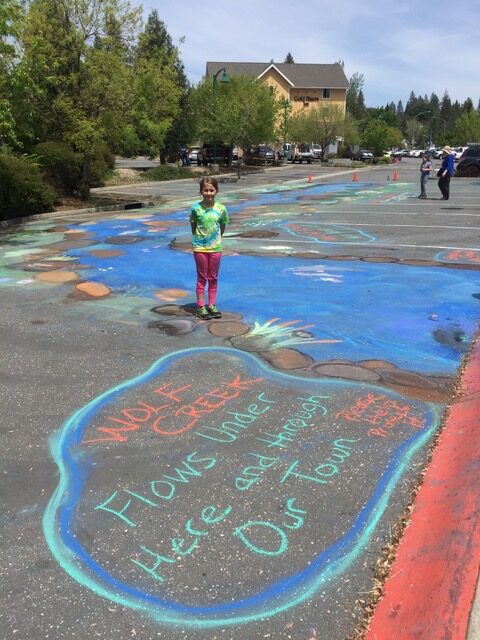 The preservation of open space within the watershed, including the land preserved within the Empire Mine Historical State Park, along with a number of other city, county and private parks and preserves, along with the cessation of hard-rock mining, has allowed large areas of the watershed to recover and regain its biological resilience. Wolf Creek Community Alliance, with its advocacy, its monitoring and restoration work, and its stewardship of trails and local preserves continues to champion efforts leading to a more healthy and whole watershed.
The preservation of open space within the watershed, including the land preserved within the Empire Mine Historical State Park, along with a number of other city, county and private parks and preserves, along with the cessation of hard-rock mining, has allowed large areas of the watershed to recover and regain its biological resilience. Wolf Creek Community Alliance, with its advocacy, its monitoring and restoration work, and its stewardship of trails and local preserves continues to champion efforts leading to a more healthy and whole watershed.
Major Threats Today
Climate Change
I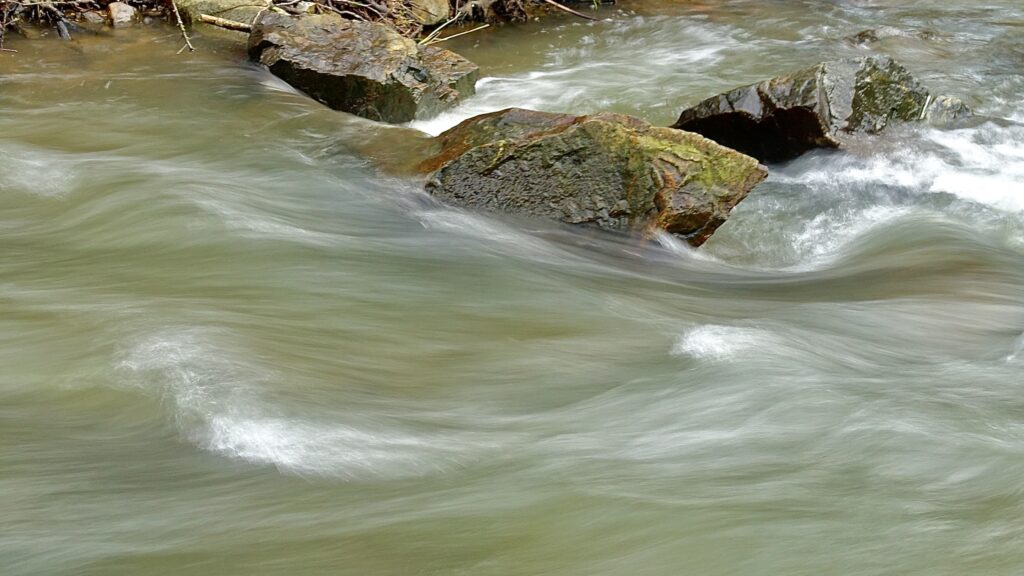 Increased periods of drought, greater frequency of high-intensity wildfires, extreme weather events ranging from heat-waves to atmospheric rivers leading to heavy snowfall and flooding all deeply stress the biological resilience of the watershed. The challenge is how to support watershed health and community resilience in the face to accelerating change. Forests are threatened with replacement as species become less adapted to lower elevations. Lower holding capacity in our streams and aquifers stresses aquatic and terrestrial ecosystems, puts our water supply at risk and accelerates the loss of biodiversity.
Increased periods of drought, greater frequency of high-intensity wildfires, extreme weather events ranging from heat-waves to atmospheric rivers leading to heavy snowfall and flooding all deeply stress the biological resilience of the watershed. The challenge is how to support watershed health and community resilience in the face to accelerating change. Forests are threatened with replacement as species become less adapted to lower elevations. Lower holding capacity in our streams and aquifers stresses aquatic and terrestrial ecosystems, puts our water supply at risk and accelerates the loss of biodiversity.
Idaho-Maryland Mine
 Although the watershed is still recovering from the damage and toxic legacy of gold mining, foreign companies continue to propose speculative ventures involving re-opening old mines. Wolf Creek Community Alliance, along with many other community groups oppose these efforts, as they would pump mine water into our streams, reduce the level of our wells, significantly increase air pollution and the release of dangerous toxins, such as silica and asbestos, and require huge amounts of energy at a time when the community is working to reduce our carbon footprint and move toward a carbon-neutral economy.
Although the watershed is still recovering from the damage and toxic legacy of gold mining, foreign companies continue to propose speculative ventures involving re-opening old mines. Wolf Creek Community Alliance, along with many other community groups oppose these efforts, as they would pump mine water into our streams, reduce the level of our wells, significantly increase air pollution and the release of dangerous toxins, such as silica and asbestos, and require huge amounts of energy at a time when the community is working to reduce our carbon footprint and move toward a carbon-neutral economy.
Habitat Loss & Fragmentation
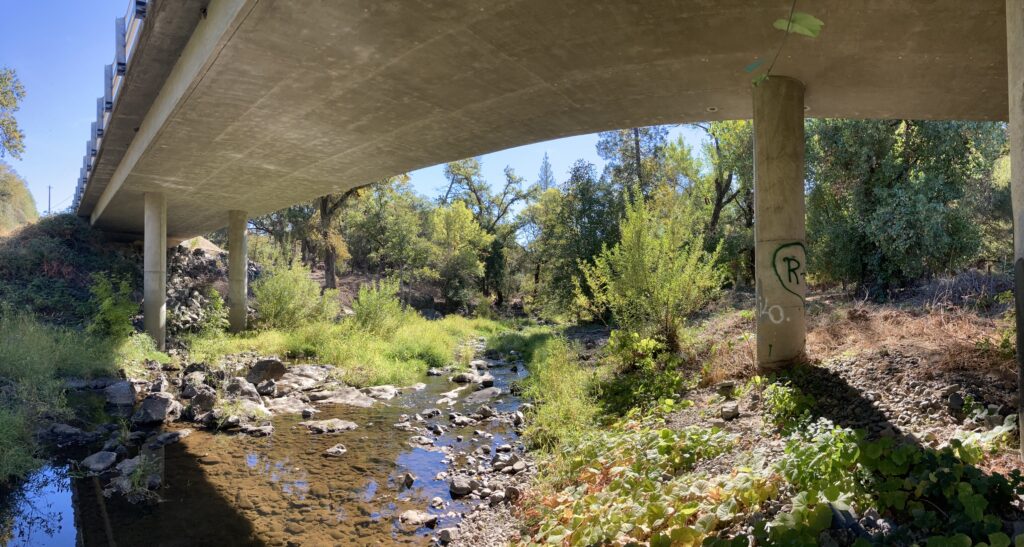 The many roads, houses and industries that continue to be developed throughout the county enhance our economic vitality in many regards, but they also, when poorly considered or managed, undermine both the integrity and resilience of our watershed, as well as the intimacy and connection with nature we value as a small-scale community. Wolf Creek Community Alliance seeks to be a voice for the watershed, advocating with city and country agencies, collaborating with developers, and promoting a vision for our future that not only limits harm, but protects and restores the watershed to a health and wholeness that benefits us all.
The many roads, houses and industries that continue to be developed throughout the county enhance our economic vitality in many regards, but they also, when poorly considered or managed, undermine both the integrity and resilience of our watershed, as well as the intimacy and connection with nature we value as a small-scale community. Wolf Creek Community Alliance seeks to be a voice for the watershed, advocating with city and country agencies, collaborating with developers, and promoting a vision for our future that not only limits harm, but protects and restores the watershed to a health and wholeness that benefits us all.
Gallery
